Some people choose the yellow light for reading, but others prefer the white one as a better option. As always, it is a personal choice, which depends on your own preferences. There is also a possibility to mix these two lights and install a different lighting type based on the particular room’s purpose.
The crucial question is to determine reading light white or yellow since a specific type of lighting can tire your eyes faster and influence your concentration and mood. Some experts claim that you should use a yellow color light below 3000 K on the color temperature scale for night reading. Let’s take a closer look at this issue.
The Color Temperature
CCT (correlated color temperature) is a scale that shows the level of the light color. Thanks to this value, you can determine how much blue light is in the light you are exposed to.
The scale ranges from the warmest light of 1,800 K to the coldest one, with the highest amount of blue light, that reaches 6,500 K. Basically, there are three kinds of light with different color temperatures, including:
- The warm light of 2,500 to 3,000 K will help you relax while reading and rest better after that.
- The natural light of 4,900 to 6,500 K is the best solution for eyes that allows comfortable work.
- The cold light of 6,500 K offers an excellent level of brightness and improves overall attention.
The cold blue light with the highest CCT is the best option during working hours when you tend to be awake and alert. On the other hand, once you want to relax and read at night without interrupting the sleep cycles, you should pick out the color temperature below 3,000 K.
Check out this red night light bulb if you want to have a great sleep.
Differences between Warm and Cool Light
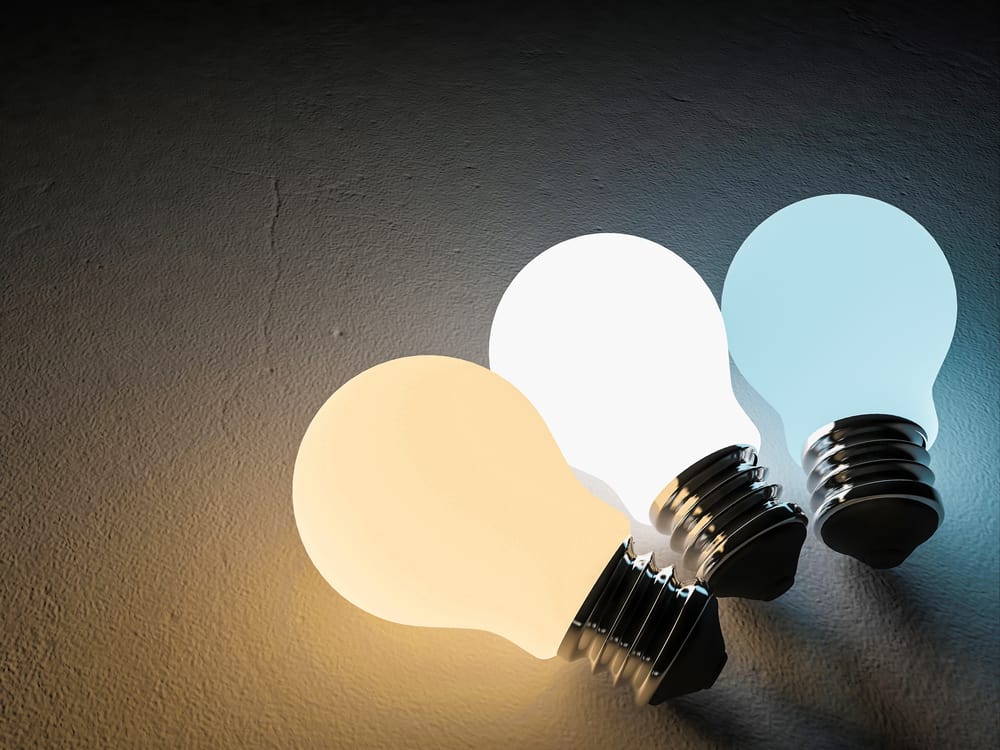
Research results show that most people find the warm light more comfortable for eyes while reading, but complain about the brightness level. I will give you the list of different light types you are exposed to during a day. Keep in mind that white and blue lights are sometimes considered in the same category.
Natural light
As you have already known, natural sunlight is healthier than artificial, no matter which light bulb you use. Spending at least 10 to 20 minutes outdoors a day will stimulate Vitamin D and serotonin production, making this light highly beneficial for your health.
It will boost your mood, strengthen your bones, and improve vision. Plus, you will be less prone to stress and depression.
Yellow light
This warm light is more relaxing for your eyes and offers a pleasant feeling of being in a cozy, friendly place. Therefore, it is an excellent option for reading and finishing tasks that require mental stability.
You should install this light color in spaces where you often relax and read, such as your living room and bedroom.
Its primary benefit is that it won’t harm melatonin production in your body, unlike cold light. As a result, you will feel comfortable and sleepy after installing this reading light for bed or headboard reading light. The reason is your brain that connects yellow light with the sunset and perceives it as the night time.
White light
This type of light is considered cold, intense, and direct. It will help you be focused and well-concentrated during the day. Therefore, it is an excellent solution for commercial areas and workplaces.
You can also use it in your household, especially in the kitchen, bathroom, and office room. Since they are not spaces for relaxing, cold light will help you improve your learning performances.
If the white light is too harsh for your eyes, you can pick out yellowish-white one below 3,500 K. Also, you can find modern LEDs with adjustable CCT.
Be aware that this light can improve your performance only when you are exposed to intermediate CCT. In other words, lights with too high levels on the scale will make you alert, consequently decreasing your performance.
You can also feel tired and irritated at the end of the day since LEDs emit short wavelengths that are harmful in the long run.
Blue light
Unfortunately, we often use too much blue light in the contemporary world through TV screens, 6,500 K light bulbs, cell phones, and monitors. Keep in mind that bluish cold light is always above the level of 5,000 K.
Exposing yourself to cold white or blue light for one hour at night will decrease melatonin production. That way, you may delay your sleep time up to three hours.
The results of many studies show that prolonged exposure to blue light is harmful and can cause permanent eye damage. One of the best ways to prevent this is to limit blue light exposure while reading at night.
The Color Temperature of Particular Light Bulbs
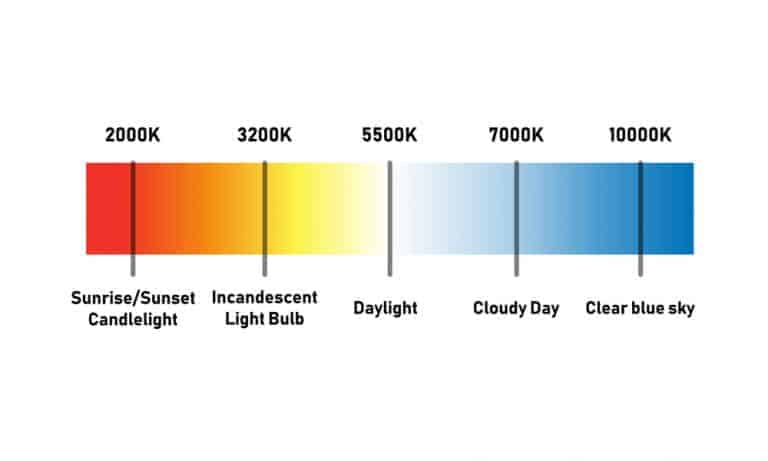
Nowadays, you can find many kinds of light bulbs available on the market. Therefore, you can choose the right one for each room in your home, depending on its purpose.
- Bulbs that emit soft white color – With 2,700 to 3,000 K, these bulbs are warm and yellow. It is the lighting you will get from traditional incandescent models. Since they provide a warm and cozy feeling, you should use them in your living room and bedroom or as kids’ reading light.
- Bulbs that emit warm white color – These bulbs provide yellowish-white shade in a range from 3,000 to 4,000 K. They are the best option for your kitchen and bathroom.
- Bulbs that emit bright white color – With color between 4,000 and 5,000 K, these bulbs offer white and blue tones. Don’t expect them to provide cozy feels, since this color range increases the energy level. That makes these bulbs an ideal choice for your kitchen, home office, and garage.
- Bulbs that emit daylight color – The bulbs with the bluish color tone from 5,000 to 6,500 K maximize contrast for colors. That feature makes them perfect for daily activities.
- Smart bulbs – They are a great invention! Instead of purchasing bulbs specific to each room, you can install them all over your home and change the light color as desired. For example, you can put a smart bulb in a lamp or wall mounted reading light and use a daylight color during the day or the warm one at night.

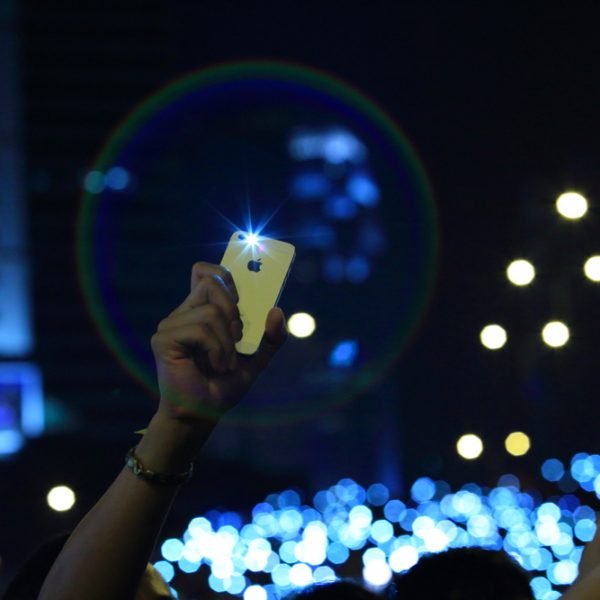

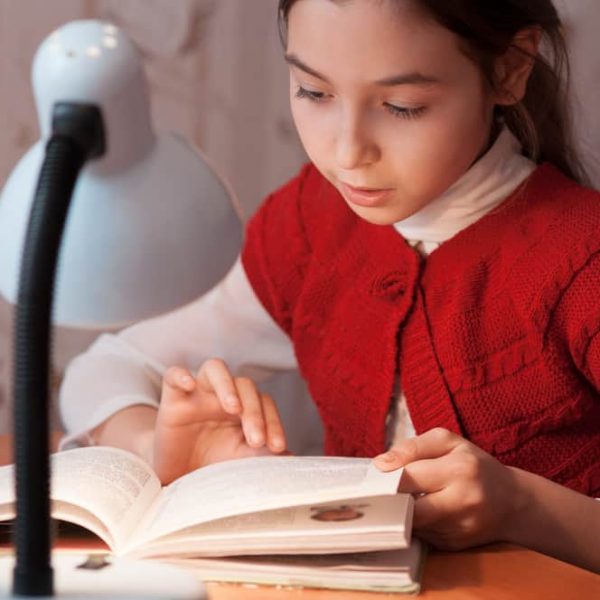
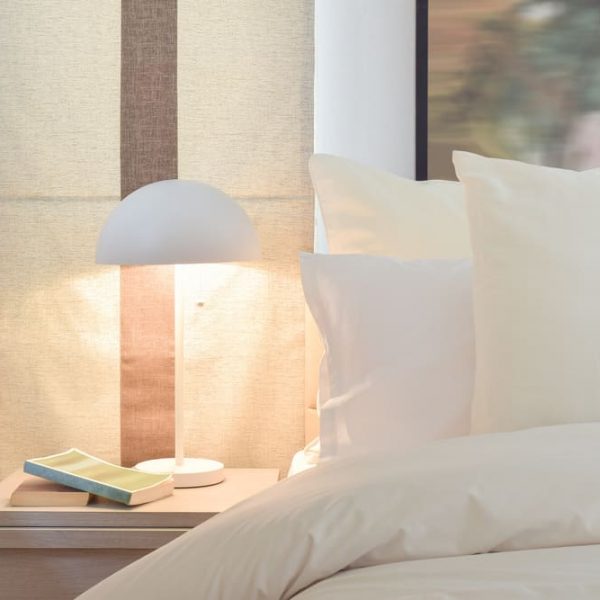
Good information.